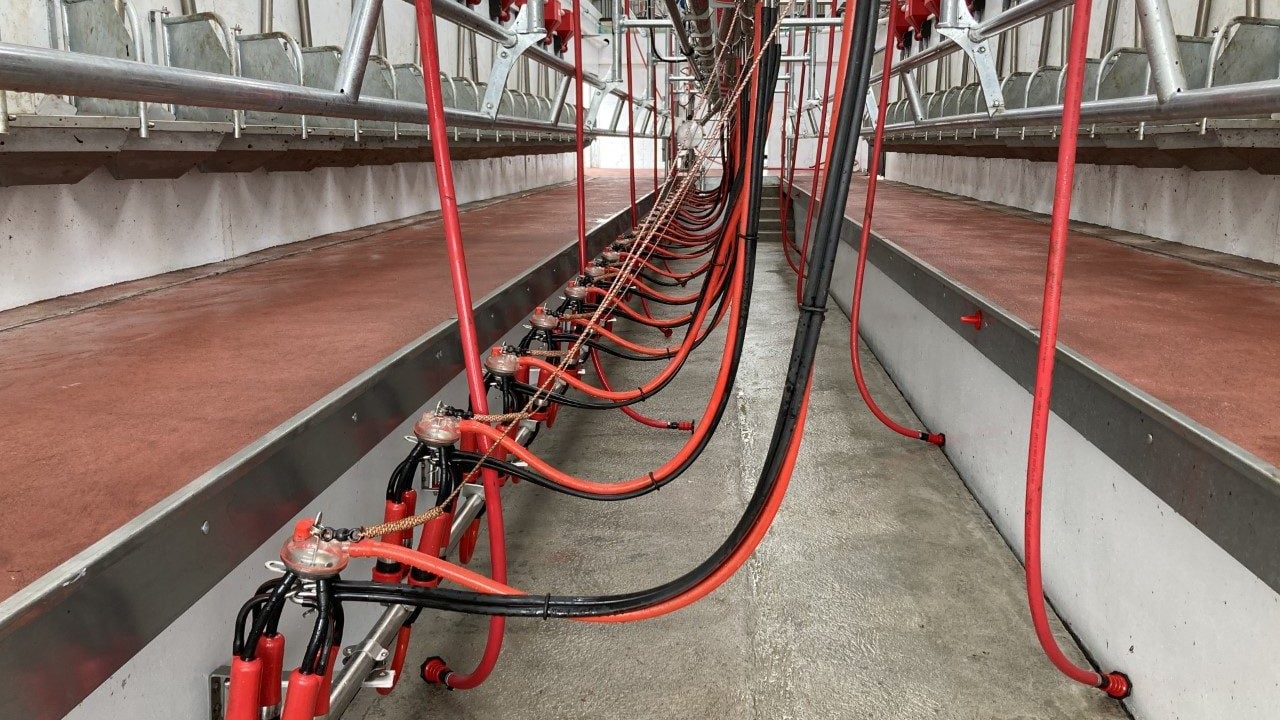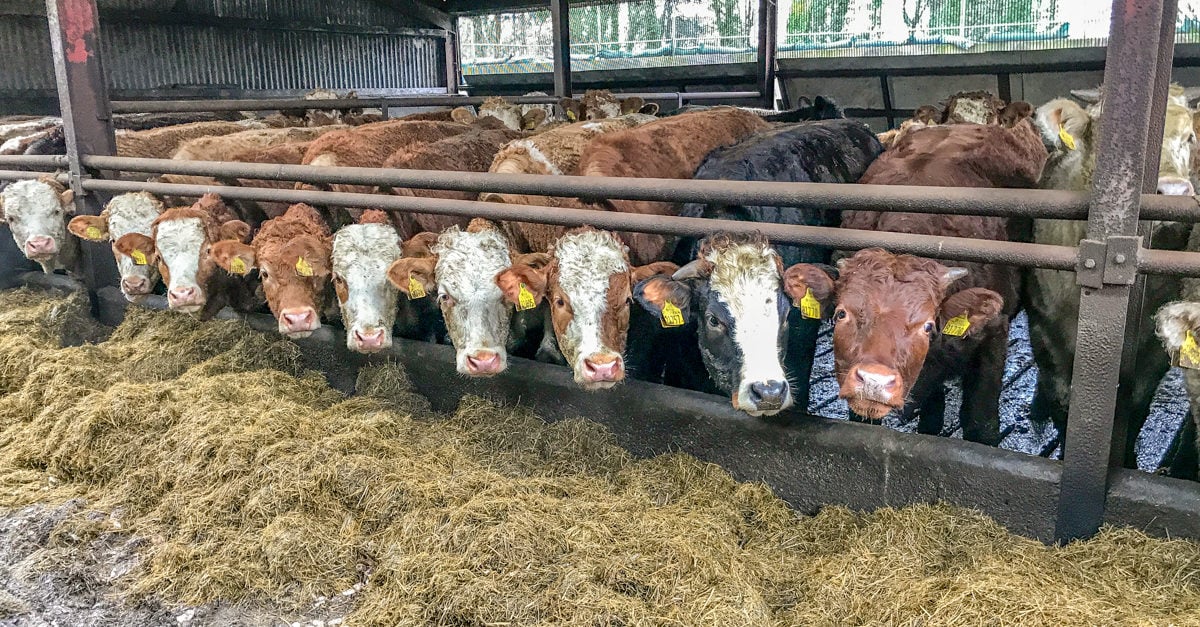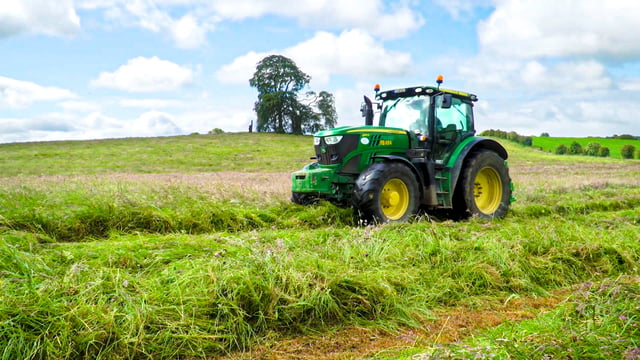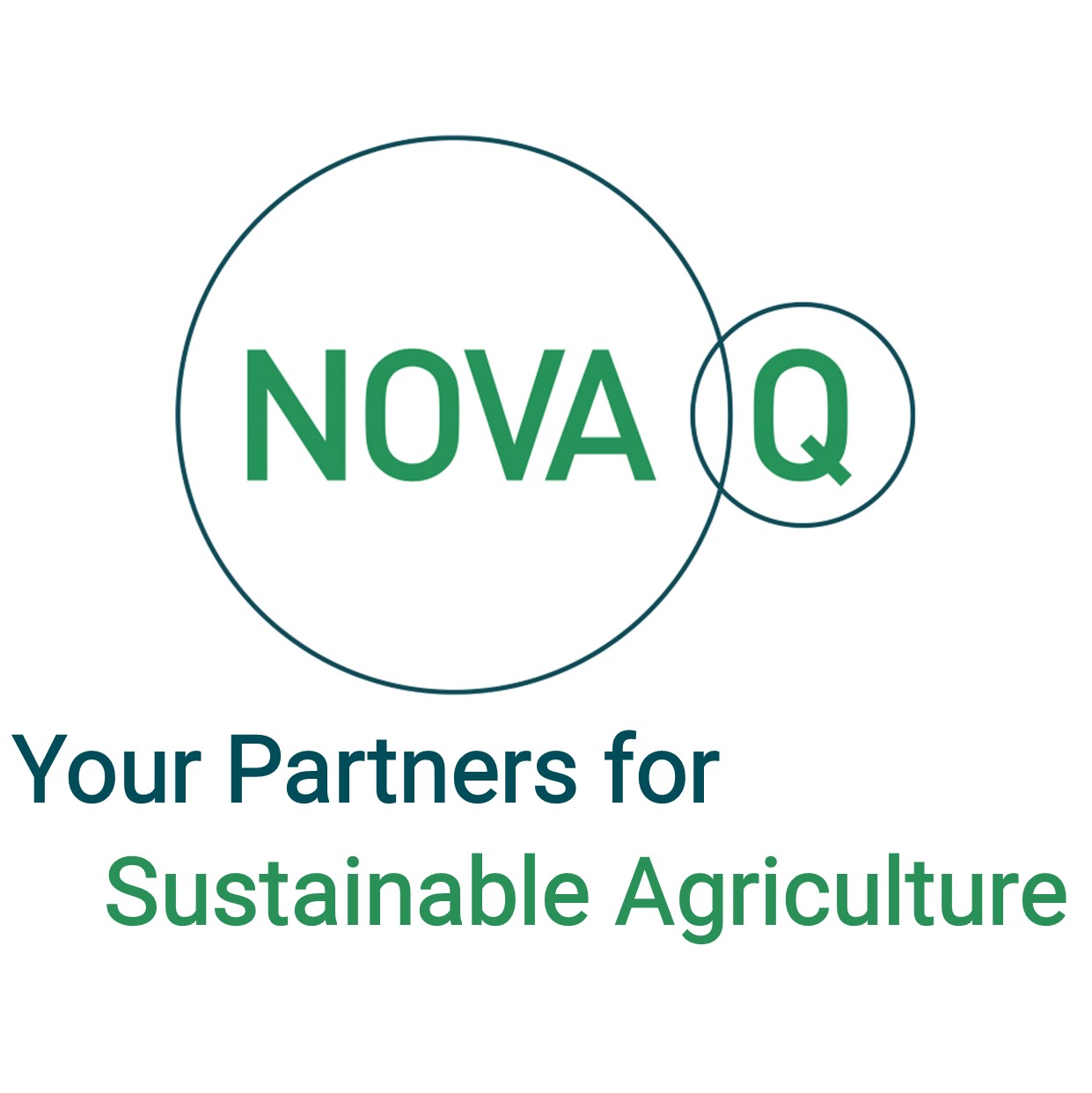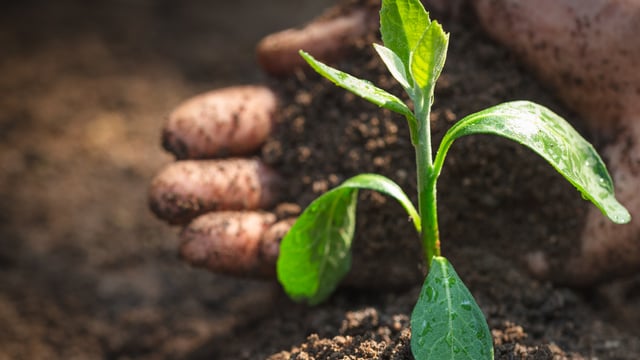EU milk production facing 'turning point' in medium term - report
Milk production in the European Union is set to reach a "turning point in the medium term" with the decline in the dairy cow herd no longer being counterbalanced by growth in milk yields.
That is according to the European Commission's latest EU agricultural outlook report covering up to 2035, which states that the agriculture sector is adapting to the triple challenges of "climate change, sustainability concerns, and shifting consumer demand".
Although the EU continues to be a net exporter of agri-food, the report highlights "noticeable sectoral changes".
These include a decline in total meat production, a stabilisation of cereals production, milk production reaching a plateau, and an increase in poultry and pulses production.
The report also shows improvements for several environmental and climate indicators, which the commission said highlights the transition towards a more environmentally sustainable agricultural sector.
In the EU dairy sector, the report states that milk production will continue to be driven by "increasing contributions from the sector to more sustainable agricultural and food systems, generating more value added in the sector".
Despite a decline in milk collection, the commission anticipates the production of certain dairy products such as cheese and whey powder to grow, albeit at a slower pace than previously.
The report outlines that butter production is likely to achieve limited growth, while skimmed milk powder (SMP) remains stable due to strong demand for these products.
However, there will be a further decline in the production of drinking milk and whole milk powder.
EU per capita consumption of dairy products is projected to remain stable. The EU raw milk price is expected to be well above pre-2022 levels by 2035.
The report notes that "lifestyle changes and growing health requirements" could increase demand for fortified and functional dairy products, as well as dairy products with lower fat and sugar content.
The total volume of EU dairy exports is expected to slightly decrease but export values will rise, reflecting a shift towards higher value-added exports.
The report states that EU beef consumption remains challenged by tight supply and high prices, in combination with sustainability concerns.
Low profitability and the prospects of a stricter sustainability regulatory framework are expected to lead to further production decline by 2035.
The commission said that income support and eco-schemes under the Common Agricultural Policy (CAP), along with a relatively good price outlook, will "help to slow down this trend but will not reverse it".
The average slaughter weight will continue on a slightly upward trend due to better feed and herd management, and a larger share of beef--type animals in the productive herd.
The commission said that declining EU production may contribute to maintaining beef prices at a higher level than in the past.
Although EU beef meat exports are due to grow slowly between now and 2035, exports of live bovine animals are expected to decrease gradually due to a decline in the availability of live animals, increased competition, and existing concerns about long-distance transport.
The report notes that EU beef imports could increase slowly by 2035, due to limited EU supply, areduction in consumption, but sustained demand for certain cuts.
The commission said that consumption of pigmeat is challenged by sustainability concerns and is therefore projected to decrease between now and 2035.
Pigmeat prices could remain higher than past levels due to increased costs and reduced EU supply.
The report states that poultry could continue to benefit from "a healthier image and a relatively cheaper price".
Along with further export opportunities, this would push poultry production upward between now and 2035, but at a lower yearly growth rate than seen in the past decade.
The commission said that in the future incidence of avian influenza (bird flu) is expected to extend over the whole year instead of being a seasonal event, which will challenge the sector, particularly free-range systems.
A decline in the EU production of sheep and goat meat is expected to continue and prices are likely to increase more slowly than in the past decade.
EU imports of sheep and goat meat are expected to increase following the implementation of the Free Trade Agreement (FTA) between the EU and New Zealand.
According to the report, yields of cereals and oilseeds are expected to increase only marginally by 2035.
Precision farming, digitalisation, and improved soil health, and an expected reduction in the yield gap between EU countries, will be countered by the negative impacts of climate change and constraints around inputs such as plant protection products and fertilisers.
The commission said that a small increase in cereal production is driven by maize and barley production, while wheat production is expected to pick up.
Production of pulses and soya beans are also projected to increase, supported by EU policies favouring protein crops, crop rotation and increasing needs for plant proteins.
While this will lead to a reduction in imports of oilseeds and protein crops, the EU will remain a net importer of these crops.

